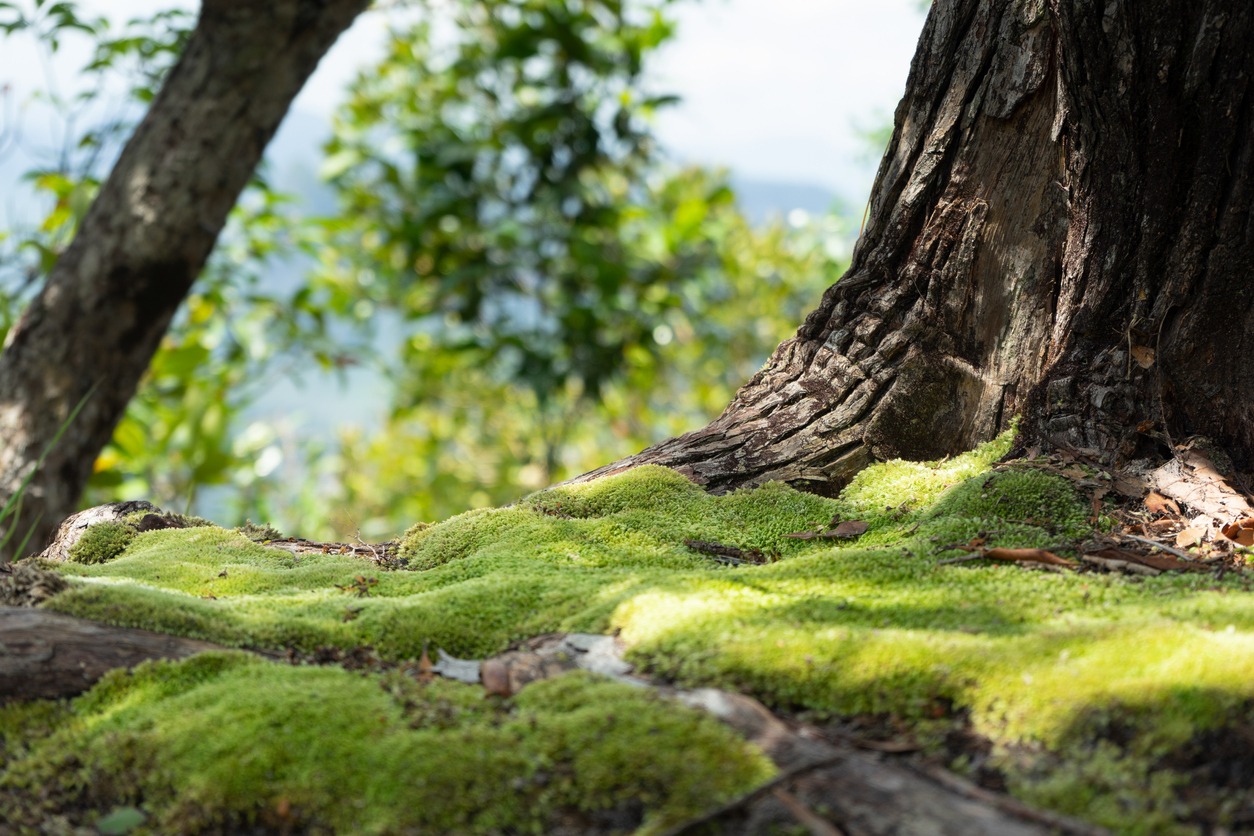From hotter summers to stronger storms, climate change is already affecting your world. One of the biggest contributing factors is the overload of carbon dioxide (CO2) in the air. Most of it comes from burning fuel, cutting down forests and everyday industrial activity.
While new technology works to cut emissions, nature already has powerful tools to help. Trees and moss are some of the best natural solutions out there. They pull CO2 straight from the atmosphere, clean the air you breathe and cool the spaces you live in. They’re low-cost and capable of making a real impact.
The Role of Nature in Carbon Capture
Plants are natural carbon-capturing powerhouses — and they’ve been doing it long before people came up with high-tech solutions. When you see a tree or a patch of moss, you’re looking at a living air filter. Through photosynthesis, trees and moss absorb CO2 from the air, turn it into energy, and release oxygen so you can breathe easier.
Forests alone pull about 2.6 billion tons of CO2 out of the atmosphere every year. That’s a huge win for the planet. While technology plays a big role in cutting emissions, nature brings something powerful to the table, too. Trees and moss act as natural carbon sinks, which locks away CO2 in their trunks, roots and the soil beneath them.
Short-Term Benefits of Moss and Trees
You don’t have to wait decades to see results when it comes to climate change. Moss and trees start making an impact almost immediately, especially in cities and high-emission areas.
Moss’ Rapid CO2 Absorption
Moss might not look like much, but it’s one of the most efficient natural tools you can use to fight carbon emissions. Because of its dense surface area, just half a square meter of moss can absorb around one kilogram of CO2. That’s a big effect from a small patch of green.
Even better, moss doesn’t need perfect conditions to work. It thrives in urban spaces, poor soil and places where other plants struggle. Whether lining a rooftop or a sidewalk, moss gets to work fast, which makes it a low-maintenance way to clean the air around you.
Quick Air Purification
When you plant trees or install moss in your space, you cut CO2 and clean up the air you breathe. Moss and trees trap common pollutants like dust, smoke and heavy metals.
That means fewer irritants in your lungs, better overall health and a noticeable difference in your environment. Planting moss and trees is one of the fastest ways to improve air quality, while fighting climate change.
Immediate Cooling Effects of Tree Cover
Trees do more than just clean the air — they help cool your surroundings, too. In cities where large amounts of concrete raise temperatures, planting more trees can make a genuine difference. Research shows increasing tree coverage to 30% could lower urban temperatures by an average of 0.4 degrees Celsius.
That kind of drop might not seem huge, but it takes the pressure off your air conditioner and lowers the need for energy-guzzling cooling systems. More trees mean less energy use, fewer emissions and a cooler, more comfortable place to live.
Long-Term Benefits of Trees and Moss
While moss and trees offer quick wins for the climate, their real power shines over the long haul. With the right care, they continue capturing carbon, restoring ecosystems and protecting the planet for decades to come.
Long-Lasting Carbon Storage
Trees absorb carbon and store it long-term in their trunks, roots and leaves. Moss-covered ecosystems do the same by helping the soil hold onto CO2, adding another layer of climate protection.
To support this process, natural tools like kaolin clay can give young plants a stronger start. This clay works as a seed coating and crop protectant, shielding plants from pests and stress. When your trees and plants are healthier, they survive longer and absorb more CO2 over time.
Ecosystem Support and Resilience
When you support forests, or add moss to your space, you help more than the climate — you create a home for all kinds of life. These green environments attract birds, bugs, fungi and other species, which keep the ecosystem balanced and support biodiversity.
The healthier the ecosystem, the better it is at capturing and storing carbon over time. So, when you invest in biodiversity, you also boost your impact in the fight against climate change. And the best part is you help nature do what it does best — thrive and protect.
Scalable and Low-Maintenance Solutions
One of the best things about using moss and trees to fight CO2 is how easy they are to maintain. Urban tree planting programs and moss walls don’t require much upkeep, yet they deliver long-lasting impact.
Soil mosses, in particular, are among the most widely distributed organisms on land, which means they can grow just about anywhere. Whether working with city streets, rooftops or damaged landscapes, moss and trees scale quickly and effectively, turning neglected spaces into powerful carbon capture zones.
Why Nature and Technology Work Better Together
Fighting climate change takes more than one solution. Methods should combine the power of nature with the precision of technology. When you pair natural tools like moss and trees with smart innovations, you get faster, stronger and more lasting results.
Source link
Jane Marsh biofriendlyplanet.com


